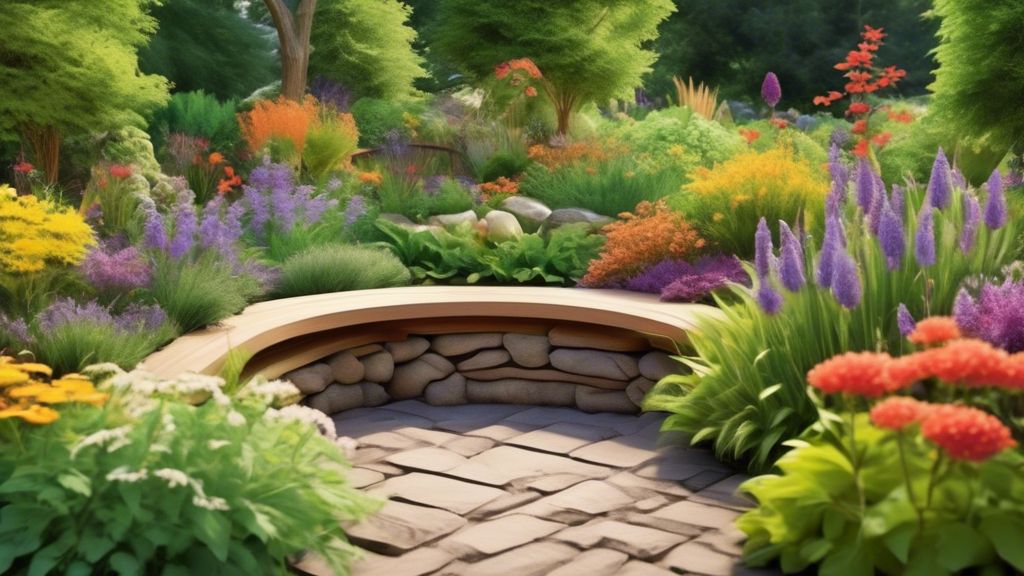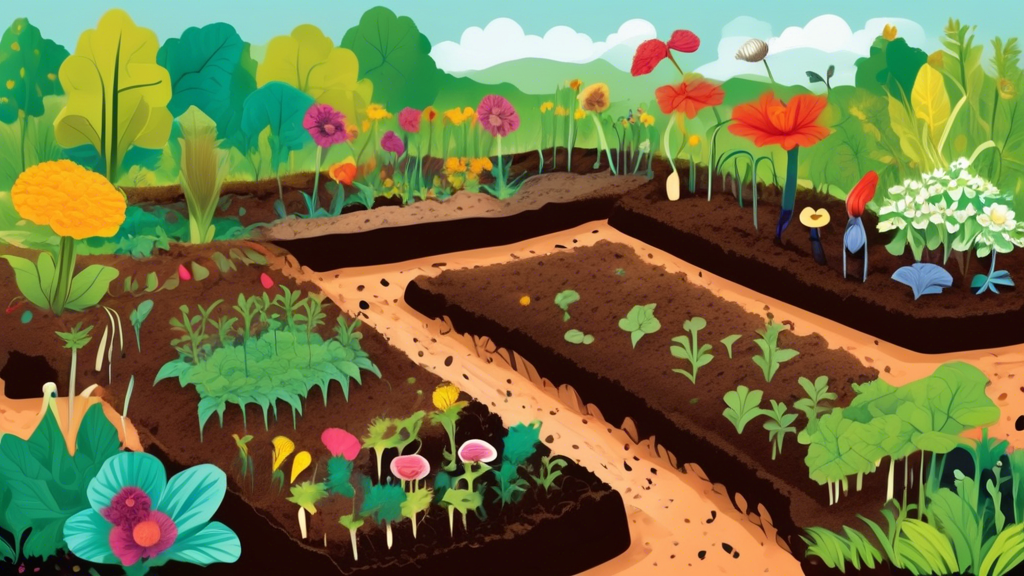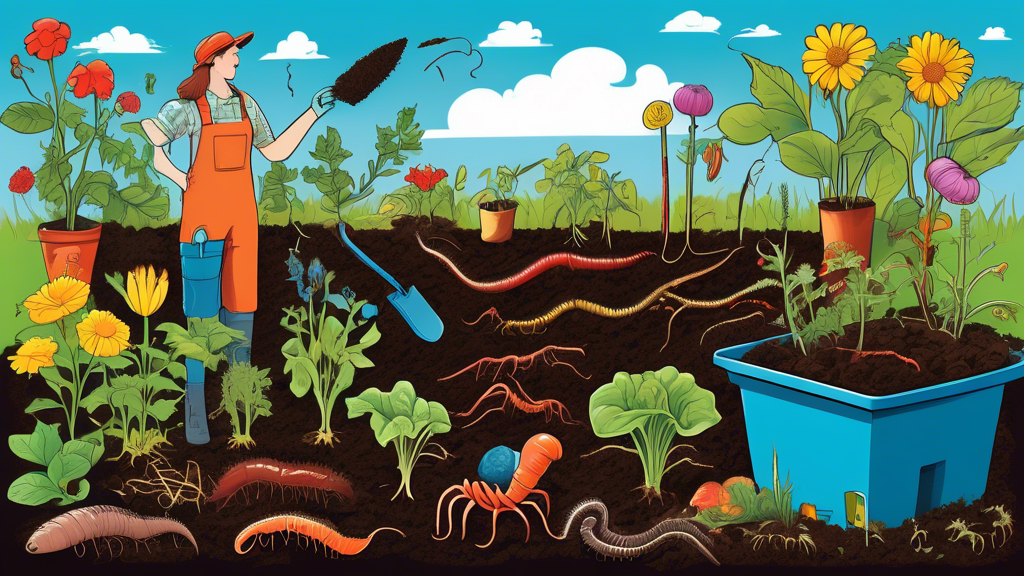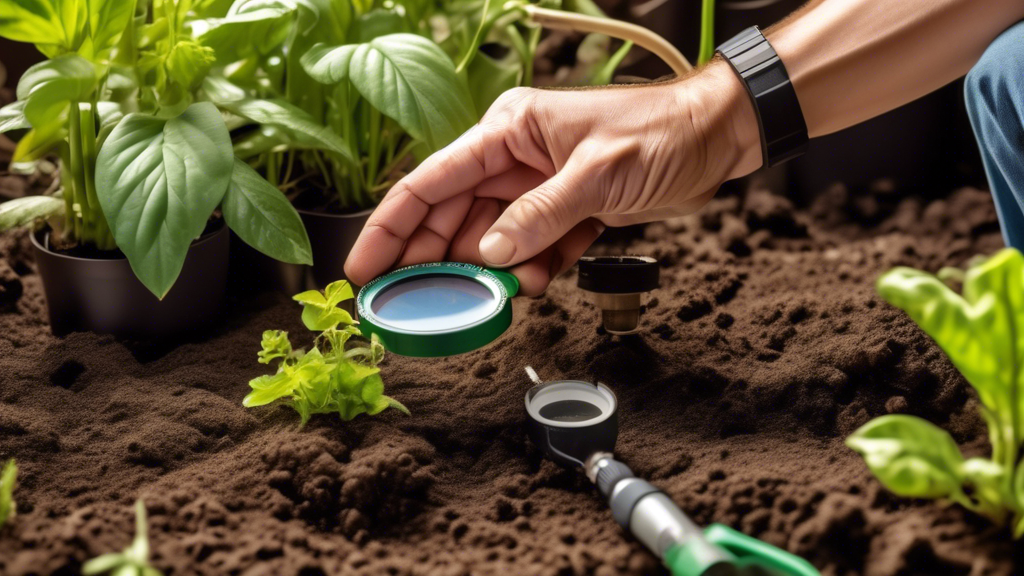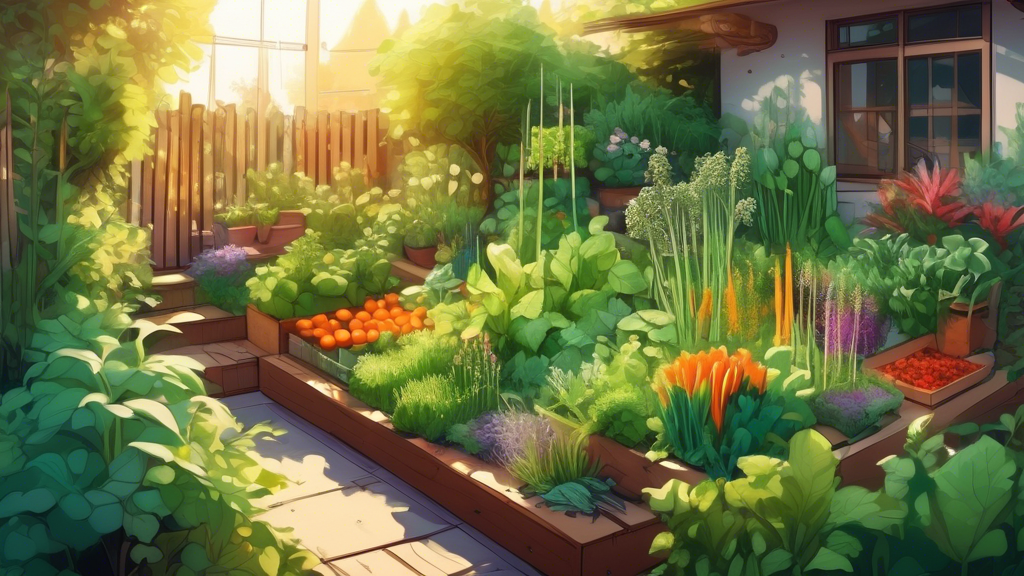
Why Companion Planting is a Game-Changer for Small Gardens
Solving Common Small Garden Challenges
Small gardens present unique hurdles, but companion planting offers elegant solutions. For limited square footage, it creates a layered, vertical ecosystem. To combat poor soil health, pairings like beans and corn work together—beans fix nitrogen in the soil, which corn heavily consumes. Pest and disease pressure is minimized as diverse plantings confuse and repel harmful insects. Finally, low yields are addressed because strategic partnerships reduce competition for water, light, and nutrients, leading to healthier, more productive plants.
The “Root Zone” Effect: A Hidden Advantage
Here’s something many gardeners overlook: companion planting optimizes the root zone. Plants like carrots have deep taproots that naturally aerate the soil and bring up nutrients from below, benefiting shallow-rooted neighbors like lettuce. This symbiotic relationship creates a more efficient soil structure without any extra digging or amending on your part.
Top Companion Planting Strategies for Maximum Space Efficiency
The “Three Sisters” Method (Adapted for Small Beds)
The classic trio of corn, beans, and squash is a masterpiece of companion planting. The corn provides a structure for the beans to climb, the beans fix nitrogen in the soil for the heavy-feeding corn, and the squash’s broad leaves shade the soil, suppressing weeds and retaining moisture. For a small space, you can adapt this by creating a single “teepee” of corn stalks in the center of a 4’x4′ raised bed or even a large container, planting beans around the base and letting a compact squash variety sprawl around the edges.
Succession Planting with Companions
This strategy is all about perfect timing. Pair a fast-maturing crop with a slower-growing one. For example, sow quick-growing radishes alongside young tomato plants. The radishes will be ready for harvest just as the tomatoes begin to expand and need the extra space and light.
Vertical Companions: Using Your Garden’s Third Dimension
Don’t just think horizontally—think vertically! Train vining plants like pole beans or cucumbers to grow up taller, sturdy plants like corn or sunflowers. This frees up valuable ground space. You can also utilize the shade cast by tall plants; grow shade-tolerant herbs like cilantro or leafy greens like spinach at the base of your tomatoes or peppers.
Must-Try Companion Plant Pairings for Small Spaces
Here are some of the most effective and space-saving combinations to get you started.
| Primary Crop | Beneficial Companions | Plants to Avoid |
|---|---|---|
| Tomatoes | Basil (improves flavor, repels flies), Marigolds (deter nematodes), Onions (deter pests) | Cabbage, Kale, Fennel |
| Leafy Greens (Lettuce, Spinach) | Nasturtiums (trap crop for aphids), Carrots (loosen soil), Tall Flowers (provide light shade) | Generally compatible with most |
| Cucumbers & Squash | Radishes (deter cucumber beetles), Nasturtiums, Corn (as a living trellis) | Potatoes |
| Carrots | Tomatoes (carrots break up soil for tomato roots), Rosemary (deter carrot fly) | Dill |
Companion Planting vs. Other Space-Saving Methods
Companion Planting vs. Square Foot Gardening
Square Foot Gardening (SFG) is a method of intensive planting in a precise grid, focused on maximizing yield per square foot. Companion planting, on the other hand, is about plant relationships. The great news is that these two methods are not rivals; they are powerful allies. You can easily apply companion planting principles within your SFG grid. For instance, in one square, you could plant a tomato (1 per square), surround it with basil, and border the square with marigolds.
Companion Planting vs. Container-Only Gardening
When gardening solely in containers, the root interaction between plants is limited by the pot’s walls. Therefore, in containers, you should focus on the above-ground benefits of companion planting. The classic “pizza pot”—a single large container with a tomato plant, basil, and oregano—is a perfect example. The basil helps repel pests from the tomato, and all three have relatively similar water and sun requirements.
Frequently Asked Questions (FAQs) About Companion Planting
Can I practice companion planting in containers?
Absolutely! Container gardening is an excellent place to start. The key is to pair plants with similar needs for sunlight, water, and soil. The “pizza pot” (tomato, basil, oregano) or a pot with lettuce and chives are great, low-risk ways to experiment.
What if I make a mistake and plant “enemies” together?
Don’t worry; it’s rarely a catastrophe. The result is usually just reduced vigor or yield, not instant plant death. If the plants are still young, you can carefully transplant one of them to a new location. Gardening is a learning process!
Are flowers really that important in a vegetable garden?
Yes, they are powerhouse companions! This is a critical and often underestimated aspect. Flowers like marigolds, nasturtiums, and calendula do double duty: they attract essential pollinators like bees to your squash and tomatoes, and they lure in predatory insects like ladybugs and lacewings that feast on common pests like aphids. They are the security and hospitality team for your garden ecosystem.
Where can I find a reliable companion planting chart?
It’s best to consult reputable organic gardening websites, university extension services, or well-regarded books on the subject. Be aware that some companion planting advice is based on folklore, so cross-referencing a few trusted sources will give you the most accurate and effective guidance.
Your Next Steps to a Thriving, Productive Garden
You now have the knowledge to unlock the full potential of your small garden using companion planting. This natural strategy elegantly solves the core problems of space, pests, and soil fertility. Start small—choose just one or two of the pairings from this guide, such as tomatoes with basil or lettuce with nasturtiums. Observe how these plant partnerships work together. With a little planning, you can transform your small patch into an abundant, efficient, and beautiful source of food.

